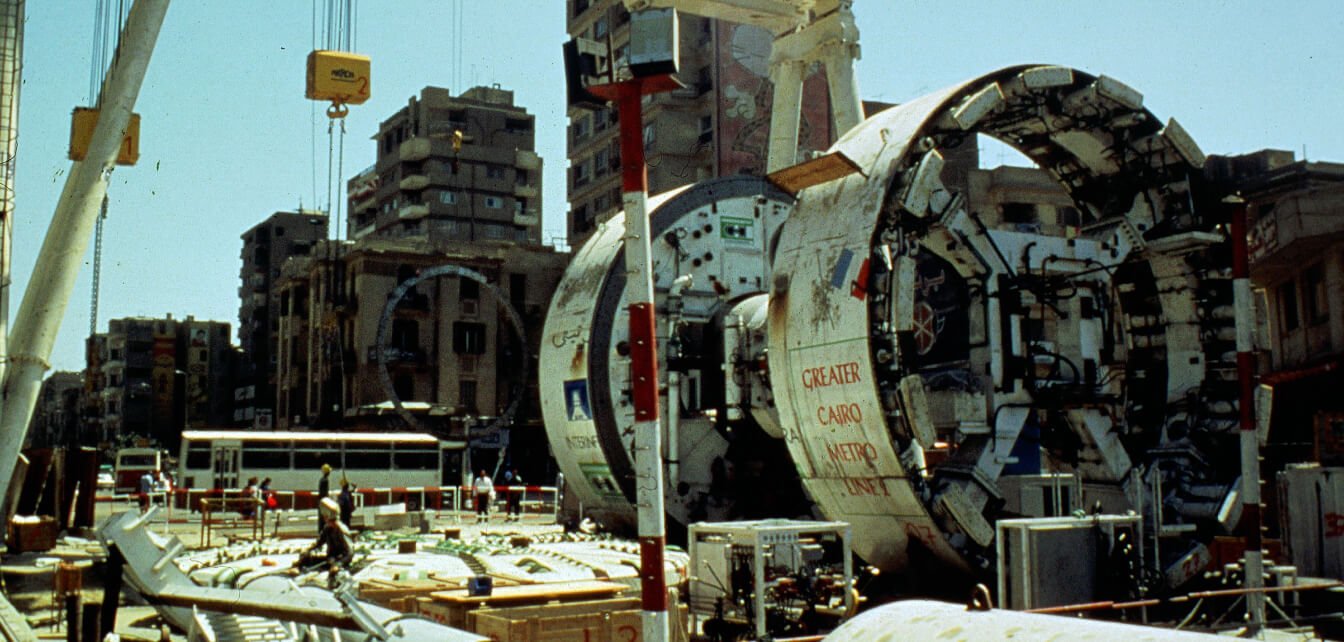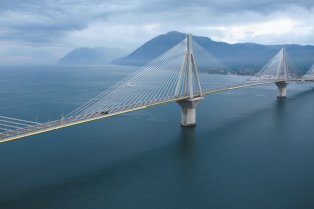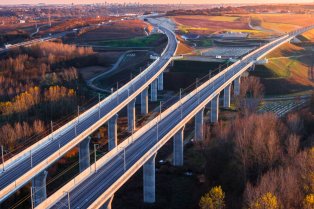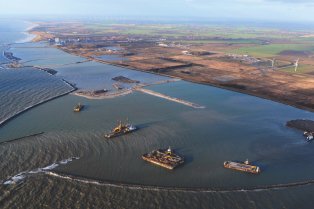Cairo metro: easing congestion in the most densely populated city in the Arab world
To reduce the volume of vehicles in the Egyptian capital, plagued by traffic jams day and night, we helped build three metro lines, starting in the 1980s. This large-scale project brought the first metro network in Africa.
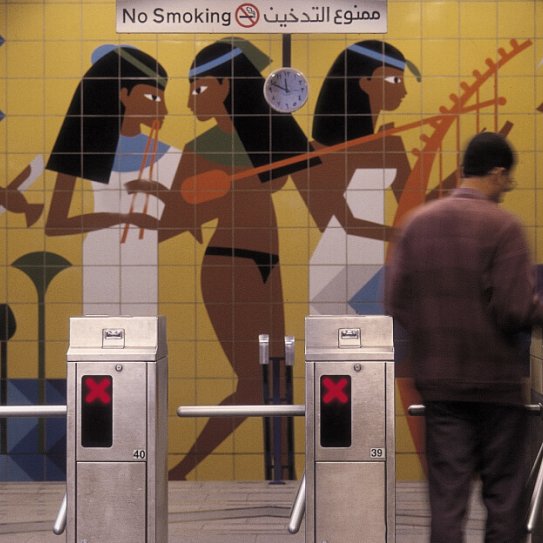
The “Greater Cairo” project
Cairo is one of the largest cities in the world, and the most densely populated city in both northern Africa and the Arab world. In 1987, Cairo was already home to over 10 million people. Due to the lack of suitable infrastructure, the city struggled with significant organisational problems with urban travel, over-saturation of roads and air pollution. In the streets, the shortage of public transport led to a surge in the number of taxis, exacerbating congestion.
Cairo decided to build a metro network able to transport 8.4 million passengers each day, increasing capacity by 3.5 million. It was the start of the “Greater Cairo” project, which sought to develop safe and fast public transport solutions to relieve congestion and reduce pollution in the city. It also needed to be able to transport passengers from lower income homes, who do not own a car, and thereby help to open up certain underprivileged communities. The project led to three metro lines being built between the 1980s and 2010s.
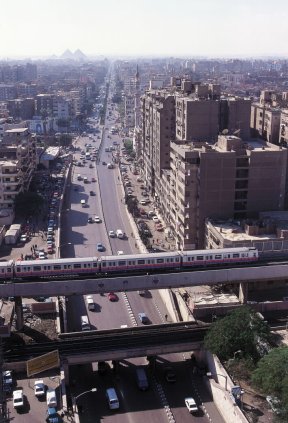
A 40-year project
The construction of the Cairo metro stretched over nearly 40 years. We were involved in building the three lines, which was not without its challenges, especially with respect to digging the underground tunnels. Across the entire project, we had to manage works in an area with extremely dense traffic and housing very near our worksites.
The first works phase began in the 1980s, with the construction of Line 1. The aim was to reduce the number of vehicles driving into Cairo each day by 30% while also harnessing existing infrastructure. It was followed by the construction of Line 2 in the 1990s, which included 20 stations, 12 of which are underground, then Line 3 in the 2010s, which connected the two sides of the Nile through an underground tunnel that was built using a new technique enabling tunnel boring machines to operate in soft soils containing water under pressure. The commissioning of Line 3 relieved congestion along one of the most overcrowded roads in the city and breathed a new lease of life into the success of the Cairo metro. Nowadays, the three metro lines are all operational, offering a vital means of transport to the people of Cairo.
114 km
of metro line built
